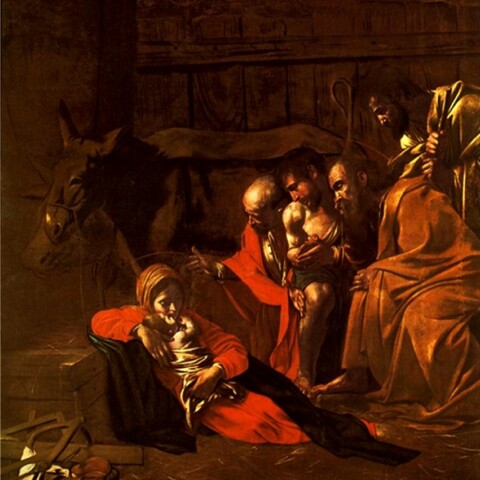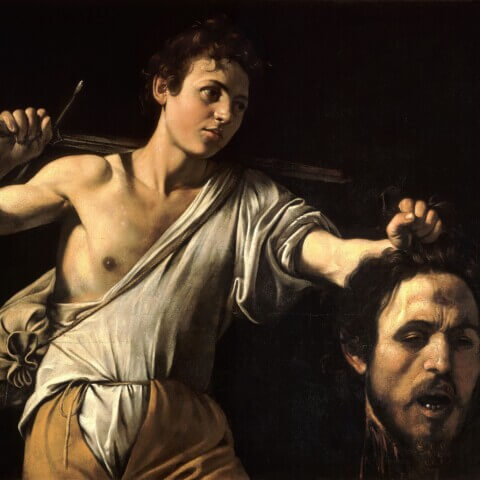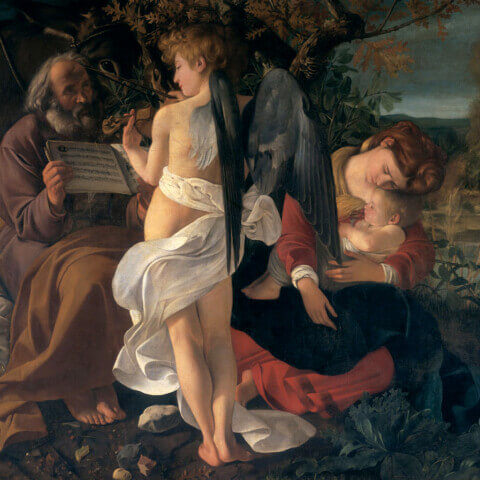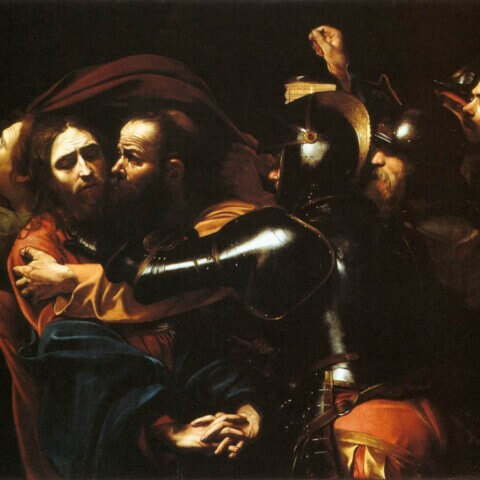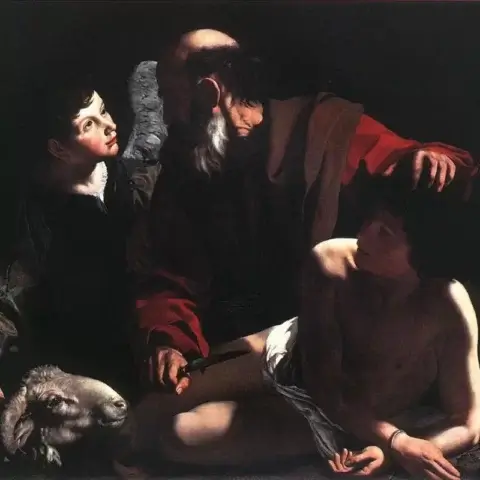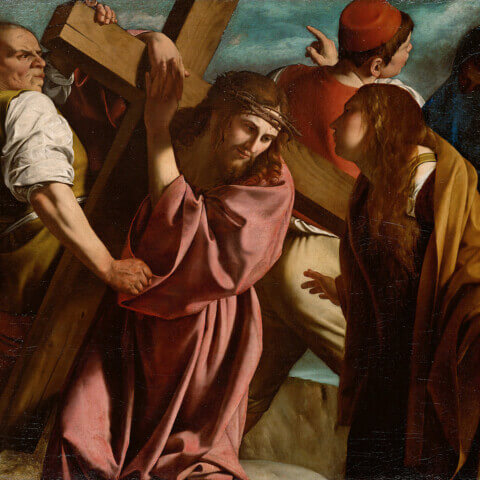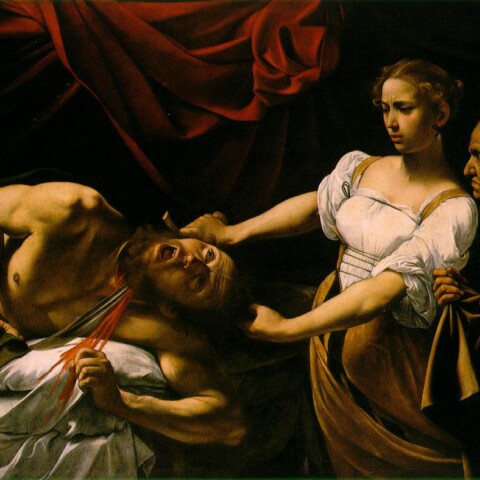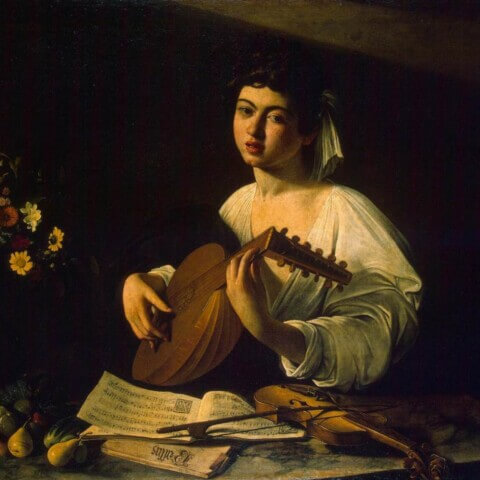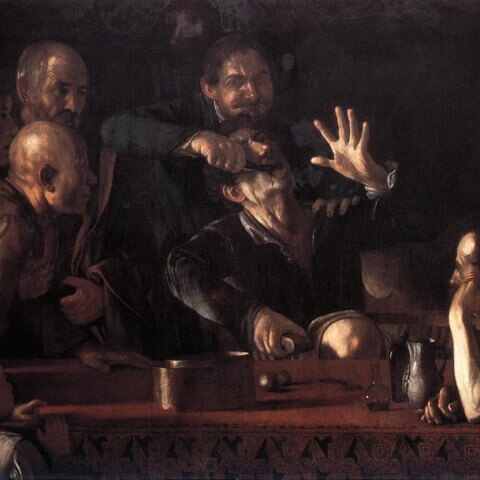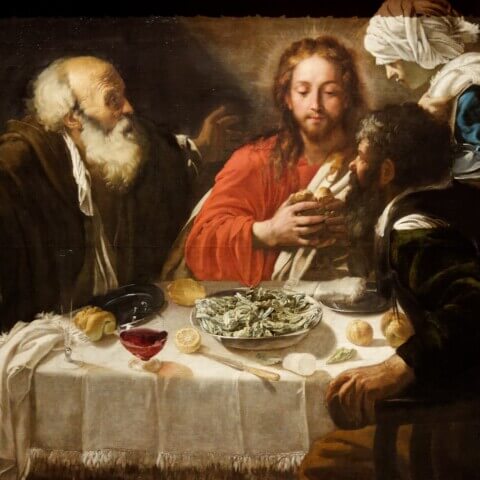Michelangelo Caravaggio
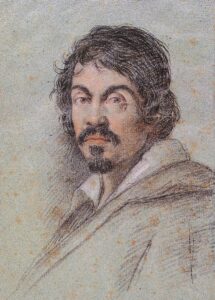
Michelangelo Merisi da Caravaggio (1571–1610) was a revolutionary Italian painter whose work left a profound impact on Baroque art. Born in Milan, he journeyed to Rome in the late 16th century and began painting genre scenes from everyday life, demonstrating an unmatched ability to portray light, shadow, and human emotion.
Caravaggio’s innovative use of tenebrism, a dramatic illumination technique emphasizing darkness and sharp contrasts of light, became his signature. His realism and attention to minute details combined with his portrayal of physical and psychological truth led to a radical departure from the idealized figures of the period.
Caravaggio’s tumultuous personal life was notorious; he lived as passionately as he painted. His propensity for violent confrontations, culminating in a fatal brawl in 1606, forced him into exile. He spent his final years moving between Naples, Malta, and Sicily, constantly fleeing justice while continuing to create influential masterpieces.
His influential works include “The Calling of Saint Matthew,” “Judith Beheading Holofernes,” and “Bacchus,” each showcasing his characteristic chiaroscuro and raw human realism. Despite dying prematurely under mysterious circumstances at 38, Caravaggio’s work continues to be celebrated for its ground-breaking impact on Western art. His life and art, filled with drama, darkness, and depth, established him as one of the most significant painters of his time.
- 1
- 2

